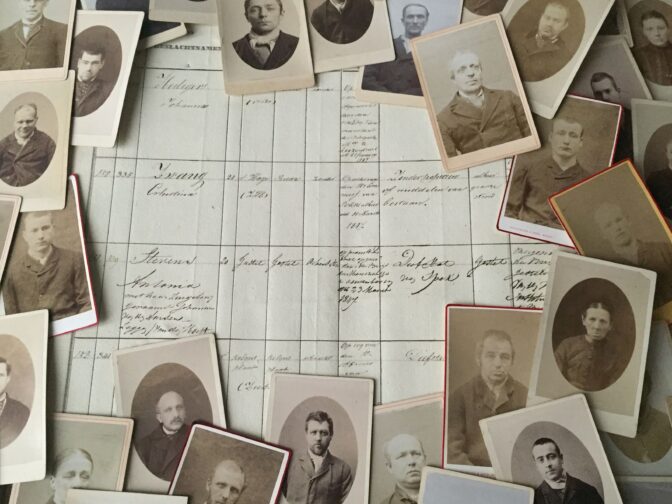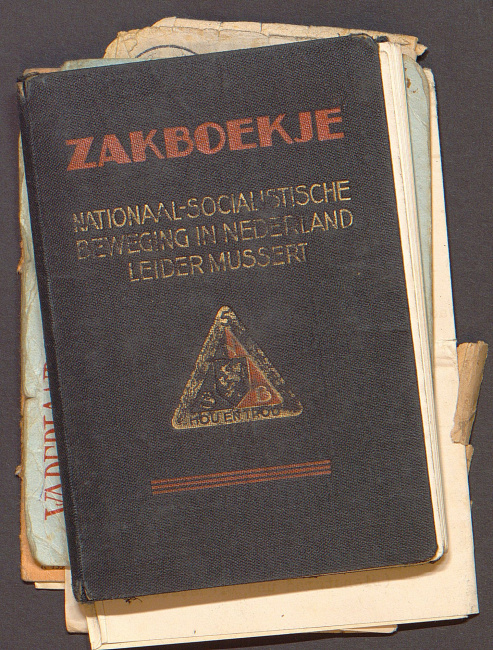Here is an overview of the new sources, websites, and projects that were announced last month.
Sources
- Arjan Buikstra is indexing records of crew members who sailed for the Rotterdam Admiralty (1763-1795). The indexed can be searched on his website.
- The West-Brabants Archief digitized records relating to the madder industry. Madder was a plant root that was used as red dye. See the announcement for links to the finding aids with the images.
- The Zeeuws Archief digitized the records of the Wilhelminapolder society, including related to the madder production. The scans are available via the finding aid.
- The Waterlands Archief records are now available via WieWasWie.
- Various tax records, population registers, and poor relief records for the west of Utrecht have been added to the website of the RHC Rijnstreek.
- Information about parents and spouses have been added to the indexed death records for Friesland. They can be consulted via Alle Friezen.
- Abstracts and images of notarial and court records from several towns in the east of Noord-Brabant have been added to the BHIC website.
- Civil registration birth (1913-1932), marriage (1943-1956), and death records (1961-1980) and marriage supplements (1933-1944) from Overijssel have been digitized. The marriage records 1811-1932 and death records 1811-1960 are indexed and the other scans can be found via the finding aid.
- Over 50,000 people have been added to the index of Brabant prison records (1821-1922). They can be searched at the BHIC website.

Websites
- The website Topotijdreis [Topographical Time Travel] has been renewed. Besides topographical maps, you can also view aerial photos.
Archives
- The Brabant Historisch Informatie Centrum published a research guide for the queer history of the province.
Projects
- The National Archives of the Netherlands announced that they are digitizing the Central Archives of Special Jurisdiction. These records about collaborators during World War II will become public in 2025. The 300,0000 files will be scanned and artificial intelligence will be used to make the records readable and searchable. The first records will become available in 2025 and the project is expected to finish in 2027. [Source: NA]

Pocket book of a member of the Dutch National Socialist party that collaborated with the Nazis.

